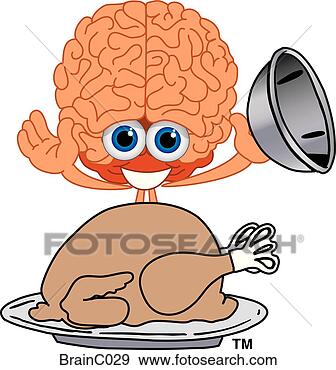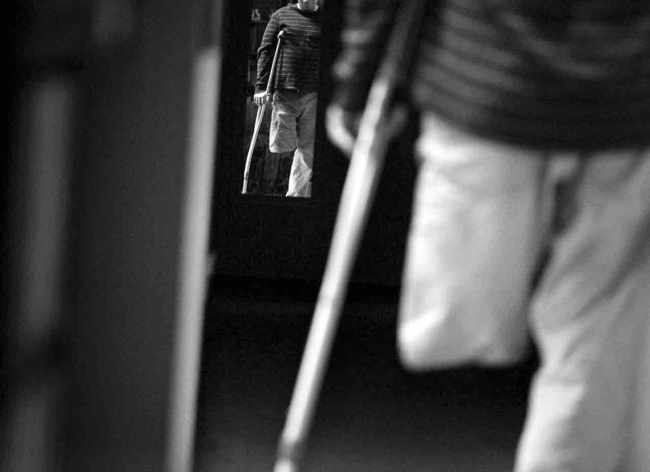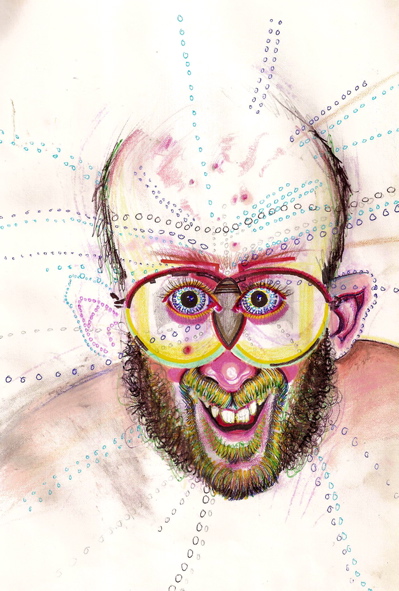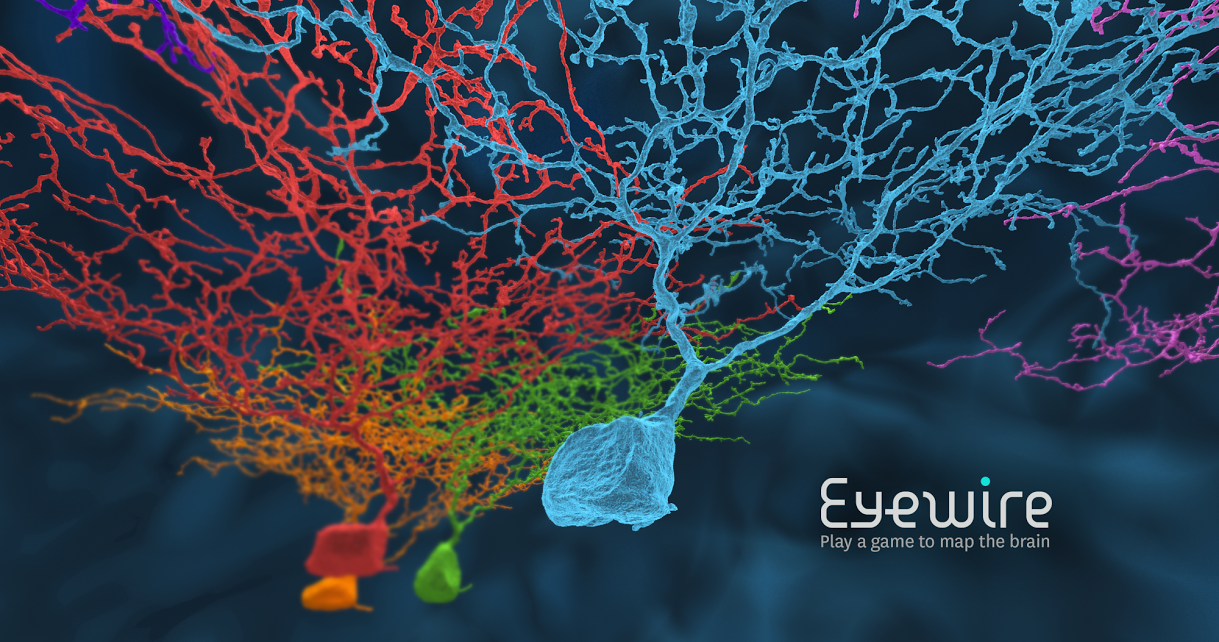The Elusive Engram: An Experiment in Memory Implantation

The human hippocampus, considered a key area for memory formation. Immunocytochemical staining for calcium-binding proteins is used in this horizontal section to differentiate major areas. Source – http://vida.neurocure.de/research_interests.html
With each passing minute, multitudes of memories surge through our minds as we recollect past experiences and encode new ones. Since the dawn of introspective thought, humans have wondered where such experiences might be encoded, if a physical encoding is even possible [1]. Fast forward to the 20th century and we now have pioneering works from the likes of Carl Lashley, acclaimed for his application of the term “engram” to describe a physical location and mechanism by which a specific memory is encoded, a memory trace so to speak [3]. Lashley’s theories have proved highly influential (though his rat lesion methodologies have been criticized [2]), inspiring countless other neuroscientists such as Richard F. Thompson [6] and Howard Eichembaum [7] to embark on the quest to find the engram.
Fast forward to the 21st century and we continue to see groundbreaking work in engram research. A most recent study published in July 2013 titled “Creating a False Memory in the Hippocampus” [5] provides strong evidence for a functional memory engram through a novel memory implantation procedure. The study was conducted by the Susumu Tonegawa’s RIKEN-MIT Lab, which seeks to uncover the neural mechanisms underlying learning and memory. In this experiment, Tonegawa’s team of neuroscientists were able to implant artificial memories into the brains of mice using optogenetics, a technology in which the activity of specific neurons can be modulated by exposure to certain wavelengths of light. The specific memory manipulated in this study was a conditioned fear response to a mild electrical foot shock.
Autism Signs May Appear in First Months of Life
 Before babies can crawl or walk, they explore the world around them by looking at it. This is a natural and necessary part of infant development, and it sets the stage for future brain growth. By using eye-tracking technology, scientists were able to measure the way infants look at and respond to different social cues. This new research suggests that babies who are reluctant to look into people’s eyes may be showing early signs of autism.
Before babies can crawl or walk, they explore the world around them by looking at it. This is a natural and necessary part of infant development, and it sets the stage for future brain growth. By using eye-tracking technology, scientists were able to measure the way infants look at and respond to different social cues. This new research suggests that babies who are reluctant to look into people’s eyes may be showing early signs of autism.
The researchers at Marcus Autism Center, Children's Healthcare of Atlanta and Emory University School of Medicine followed babies from birth until age 3, and discovered that infants later diagnosed with autism showed declining attention to the eyes of other people, from the age of 2 months onwards.
A Thanksgiving Feast…with a Side of Neuroscience
It’s just about that time of year again – in just over a week’s time we’ll be sitting down to a huge feast consisting of turkey, stuffing, and mashed potatoes; we’ll be watching the Macy’s Parade soon to be followed by two football games; and we’ll be giving thanks for our reunion with our grandparents, uncles, aunts, cousins, brothers, sisters, parents, and more. Thanksgiving definitely holds a special place in my heart – however, up until recently, it always used to provide just a little bit of stress. That is because, at least in my family, somewhere between polishing off the last roll and preparing for pecan pie one relative or another always asks me, “so what are you studying in school again?” And when I answer “Neuroscience!” I typically get one of two responses: the confused look, followed by “Neuroscience? What is neuroscience?” (typically from the older crowd in the room), or the rolling of the eyes, followed by “What are you going to do with a degree in neuroscience?” (typically from the former engineers and business majors). I love neuroscience, and I know I’ve found my passion studying it here at BU, but those questions always seem to bring with them a certain pressure that I always felt I cracked beneath. However, I recently discovered the perfect way to address both of these questions, and I’m here to let you in on the secret so you can impress your relatives at the thanksgiving dinner table as well. This year, when Grandma or Uncle Tony ask me “why neuroscience?” my answer will be simple – because neuroscience is changing, and will continue to change, the world and how we approach it. 
I can already imagine the taken aback look crossing my relative’s faces, and the comment that I’m perhaps being a little dramatic – neuroscience is changing the world? Not only will my answer definitely get their attention, but I’m confident that my answer is correct, and proving my point to my disbelieving family will only make Thanksgiving that much more fun. Neuroscience is the science of understanding the nervous system (that is the system that essentially allows for all of our functioning) on a basic scientific level, and then applying that knowledge to do a bunch of things, from eradicating the diseases that plague the system (Alzheimer’s, Parkinson’s), to applying the knowledge in the classroom so that students of all ages can learn to their full potential. If you take a step back and view the whole picture, it’s not surprising that neuroscience will change the world in our lifetime; as opposed to some other fields, neuroscience is constantly acquiring completely new information about systems that not too long ago used to be a complete mystery – this knowledge is overflowing and already being applied to the real world to make beneficial changes. I will quickly outline two fascinating new outlets of neuroscience that are changing the world right before our very eyes, so that you have solid proof to further widen the eyes of your relatives this holiday season.
Temptation: The Effects of Immediate and Delayed Rewards
As we approach the loved holiday season, we also approach the dreaded weight gain that comes along with it. It probably won’t come as a surprise to you that our brain, specifically the hippocampus, plays a role in resisting immediate or delayed temptation.

The hippocampus deals with memory, including recalling past events and imagining them in the future. A study called “A Critical Role for the Hippocampus in the Valuation of Imagined Outcomes” examines healthy people as well as people with Alzheimer’s disease, which impairs memory and is associated with atrophy of the hippocampus. The study looked at “time- dependent” choices having to do with money in addition to “episodic” choices having to do with food, sports, and cultural events.
Mirror Neuron On the Wall
Most of us have heard about them but only a few appreciate the power of them. It was more than 20 years ago that scientists discovered the fascinating mirror neurons. It was at the University of Parma, Italy where the first glimpse of mirror neurons occurred. The study's focus was actually to examine motor neurons involved in hand and mouth actions in macaque monkeys. The basic procedure of the experiment involved monkeys reaching for food while researchers recorded firing in particular neurons. What these researchers found was that some neurons actually fired even when the monkey was not moving but was just watching someone else perform an action. So, one may easily deduce that mirror neurons are neurons that fire both when an animal performs an action and when an animal observes someone else perform an action. Nearly 20 years after the initial macaque monkey experiment mirror neurons studies are still generating fascinating results. The reason for this fascination is that mirror neurons are at the base of extremely important functions such as socialization, empathy and teaching.

Mirror Baby (http://upload.wikimedia.org/wikipedia/commons/6/60/Mirror_baby.jpg)
More recent discoveries have shown that mirror neurons are critical in the interpretation of both facial expressions and body language. Moreover mirror neurons enable us to understand, empathize and socialize with others. As studies have shown, autistic individuals have trouble understanding other people´s intentions and feelings. Autistic individuals cannot understand the intentions of others while observing their actions. This is believed, at least in part, because autistic individuals have a malfunctioning mirror neuron system. This malfunctioning system disables these individuals' ability to even try and comprehend someone else's actions based on observation. In contrast to autistic individuals, people with well functioning mirror neuron system have no problem understanding other people’s intentions, which makes mirror neurons so important.
A Foray into Self-Perception: Altering Self-Image through Drugs
Before reading this post, I want you to take a look at the website of Bryan Lewis Saunders, specifically the portion that describes his escapade through drugs and self-image. It can be found at http://www.bryanlewissaunders.org/drugs/.
As a brief summary, Saunders took one drug a day for several weeks straight, and drew a self-portrait during the experience of each. Eventually, he changed to more sporadic use due to exhaustion and brain damage issues, but he did continue for quite a while. Saunders ranges the gamut from commonly known drugs such as Adderal, bath salts, and cocaine to more obscure Risperdol and Klonopin. The approach was clearly unscientific, it does delve into some interesting questions concerning our self-image, at least once you go past the initial, “this guy is crazy” response. Although I certainly won’t delve into all of them, I think it’s important to sometimes take a moment and ask them.
First of all, it’s interesting to see how much our self-perception can be altered by something so seemingly trivial as a drug. We consider our image to be an integral part of us, yet it is easily changed. For those who study neuroscience, this is probably unsurprising, as we know that drugs change the chemistry of our body and brain, and are thus likely to alter self-image. However, the extent is quite amazing, if Saunder’s pseudo-experiment is any indication.
A Look Into the Disorder that Creates a Desire for Amputation
Imagine for a second feeling “overcomplete.” You have all of your limbs, and they are perfectly healthy. Yet, you feel as though your leg doesn’t belong to you. It shouldn’t be there, and you know it needs to go. The only way you can feel “whole” again is through its removal. You might be wondering why anyone would want to get rid of a perfectly healthy limb. Well, this phenomenon is the result of apotemnophilia, or Body Integrity Identity Disorder (BIID), a condition characterized “by the intense and long-standing desire for the amputation of a specific limb.” Most know exactly where they want the line of amputation to be, and this place stays fairly constant as time passes. Since it is rare for a surgeon to agree to amputate a healthy limb, many suffering from this condition will unfortunately resort to attempting the amputation themselves. In the past, this rare disorder was thought to be only psychological, and that perhaps the yearning for amputation was simply a way of seeking attention. However, in recent years, studies have shown otherwise.

Amputation makes the patient feel "whole."
One study performed by David Brang, Paul D. McGeoch and Vilayanur S. Ramachandran suggests that apotemnophilia is indeed a neurological disorder. The otherwise healthy subjects of the study went through a series of blind skin conductance response tests where they were pinpricked above and below the line where the amputation was. The responses to the pinpricking below the line were much greater than those above it. The resulting differences found suggest some abnormalities with the somatosensory input to the body part in question.
They suspect the disorder to be a consequence of damage to the right parietal lobe, which is responsible for processing sensory input from certain areas and forming our sense of body image. It could be the dysfunction within the right parietal lobe, specifically the right superior parietal lobe, causing irregular sympathetic output. The discrepancy between the signals and body image can lead to the feeling that a certain limb doesn’t belong and should be removed in order to feel “complete.” In addition, most patients have dealt with these feelings since childhood suggesting that the dysfunction is congenital.
Addiction Annulled: A Brief Background on Cigarette Cessation
Tobacco use is widely considered to cause more preventable and premature deaths than any other factor in developed countries. In other words, a successful campaign against tobacco use would arguably save more lives globally than any other campaign for public health.
There are many different ways of consuming tobacco, but for the purposes of this paper only cigarette smoking will be discussed and will be referred to simply as “smoking.” It is well known that smoking causes a variety of serious negative health effects; all one has to do is look at the warning label on a box of cigarettes. Why then, in spite of the obvious dangers, do so many people continue to smoke? One reason is simply because smoking looks cool, mainly due to its glorification in popular culture. In a more recent phenomenon, it seems that lower numbers of smokers in the population have given smoking a unique, hipster image. While an important one, image is not the only factor preserving smoking’s popularity; the main factor can only be fully understood through neuroscience. It is a specific process occurring within the brain called addiction, or more technically drug dependence.
Large Scale Neuronal Network Simulations Take Off
Google, IBM, Microsoft, Baidu, NEC and others use deep learning and neural networks in development of their most recent speech recognition and image analysis systems. Neural networks have countless other uses, so naturally there are tons of startups trying to use neural networks in new ways. The problem being faced with now, is how exactly to implement neural network models in a way that mimics the circuitry of the brain. Brains are highly parallel and extremely efficient; the ultimate achievement of a neural network model would be able to perform large scale parallel operations while being energy efficient. Current technology is not well suited for large-scale parallel processing, and it is nowhere near as efficient as our brain, which uses only 20 watts of power on average (a typical supercomputer uses somewhere along the order of several megawatts of electricity).
One way in which future computers could mimic the efficiency of the brain is being developed by IBM. IBM believes that energy efficiency is what will guide the next generation of computers, not raw processing power. Current silicon chips have been doubling in power through Moore's Law for almost half a century, but are now reaching a physical limit. To break through this limit, researchers at IBM’s Zurich lab headed by Dr. Patrick Ruch and Dr. Bruno Michel want to mimic biology's allometric scaling for new "bionic" computing. Allometric scaling is when an animal's metabolic power increases with its body size; the approach taken by IBM is to start with 3D computing architecture, with processors stacked and memory in between. In order to keep everything running without overheating, this biologically-inspired computer would be powered, and cooled, by so-called electronic blood. Hopefully this fluid will be able to multi-task, and like blood supplies sugar while taking away heat, accomplish liquid fueling and cooling at the same time.
EyeWire: Crowd Sourced Research
Do you fancy yourself a scientist? Are you unable to work in a laboratory? Now with online crowd sourcing technology, you can be on the front line of cutting-edge discoveries. In the same fashion that people raise money through crowd sourcing on websites like KickStarter and GoFundMe, researchers at MIT have created a program to capitalize on the thousands of people that have access to a computer. The project is headed by Dr. Sebastian Seung using data collected from the Max Planck Institute for Medical Research. The goals of the project are to reconstruct the three-dimensional shapes of retinal neurons from two-dimensional images, to identify synapses in order to map the connections between neurons, and to relate this connectivity with the known activity of the neurons. Completion of these tasks will contribute to the overall goal of developing the connectome, a project with the same ideal of the Human Genome Project, but for neural connections instead of genes.
Currently, Eyewire is mapping four types of cells: amacrine, bipolar, ganglion, and glial cells. Many processes are used to map these cells. First, cells are photographed using serial block-face scanning electron microscopy (SBFSEM). This technique uses two groups of materials to stain a sample. The heavy metals osmium, lead, and uranium are used and an epoxy resin, or a type of plastic, are combined to produce a sample that can easily be read by a scanning electron microscope (SEM). The heavy metals react with a focused beam of electrons coming from the SEM to create a high resolution two dimensional image. A three dimensional image is created by combining layers of the sample, with each layer being about 70 microns thick.

